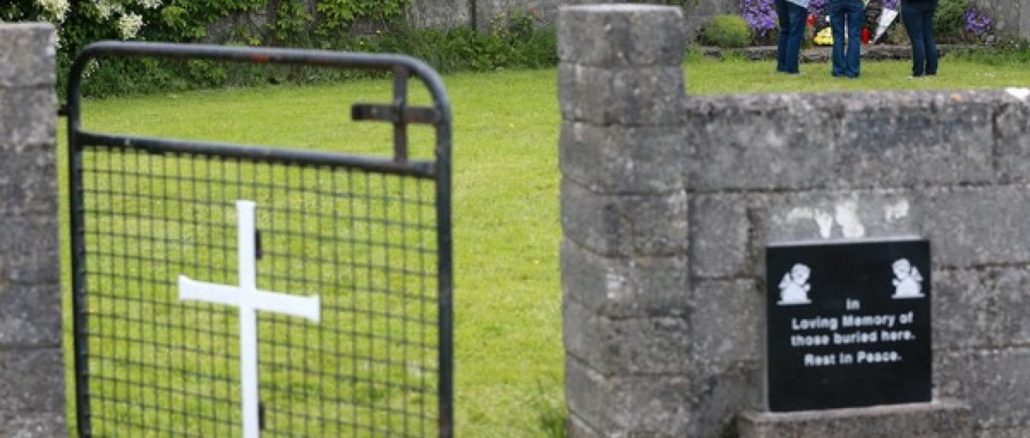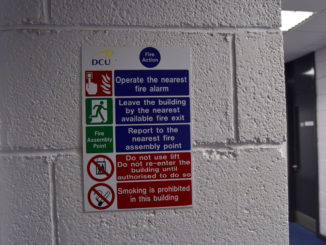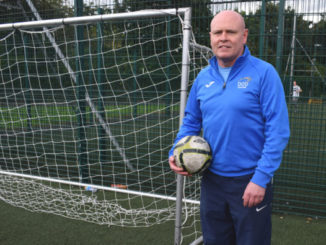
[dropcap]One[/dropcap] of the many terrible aspects of the mass grave being discovered at Tuam is that no one can say the situation is unprecedented. This is not the first horror of the past to make itself known in recent years.
This is simply the latest in a long list of travesties committed or facilitated by the so called pillars of society. As is standard it was the most vulnerable people who suffered worst.
President Michael D. Higgins said that the discovery of mass grave of babies “is another necessary step in blowing open the locked doors of a hidden Ireland.”
This ‘hidden’ Ireland of the past shocks us to the core. One wonders what ‘hidden’ aspects of modern Ireland will shock the society of fifty years from now.
Let it never be forgotten that while most people did not participate in these horrors personally, the negligence of society is what allowed them to occur.
“No nuns broke into our homes to kidnap our children,” said Taoiseach Enda Kenny while addressing the Dáil. These crimes were facilitated by a society that viewed these children as lesser due to the circumstances of their birth.
What crimes do we facilitate today? What injustices against our fellow man do we allow through our negligence and lethargy?
Focus Ireland estimated that there were over 7,000 homeless people in the final weeks of 2016. A Housing Agency report revealed that there are over 230,000 unoccupied residences in the country.
The Government has not passed emergency legislation to make these unoccupied residences available to those who need them most. We, as a society, have not called on them to do so.
Yes, this would require a radical change in how our society operates. Yes, this would likely be very unpopular with the owners of the unoccupied residences.
Yet, are we really prepared to let people suffer merely because solving the issue would be complicated? It appears, lamentably, that we are.
The difference between the homeless crisis and the Tuam mass grave is not the scale of death, but rather the localisation of that scale. There will never be a mass grave for the homeless.
When a homeless person dies, they die alone. One by one they disappear, remarked upon sorrowfully by society, but rarely at the forefront of a national conversation.
The life expectancy of the average Irish person is roughly 80 years old. The average life expectancy of a homeless person in Ireland is 42, according to a report published in 2015.
The mass grave in Tuam is horrible to contemplate. While we cannot change this unjust piece of history, we can ensure history does not repeat itself.
We cannot claim ignorance on this issue. We cannot pretend we had no earthly idea that people in our society are suffering unjustly every day.
It is our duty to at least attempt to help those in need. Otherwise we will one day be judged just as harshly as we judge the society that allowed the crimes in Tuam be perpetrated.
Bríon Hoban



